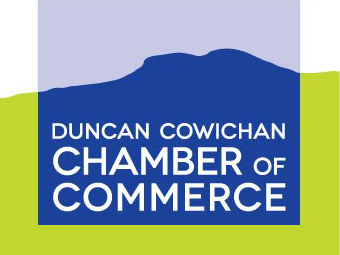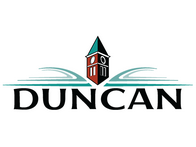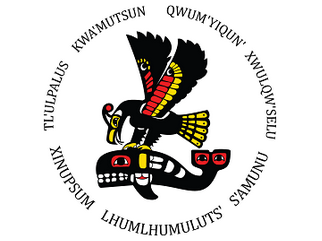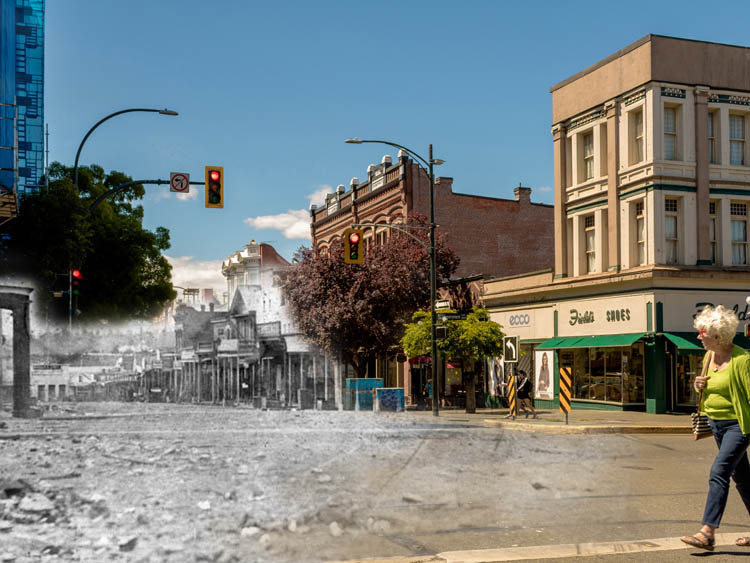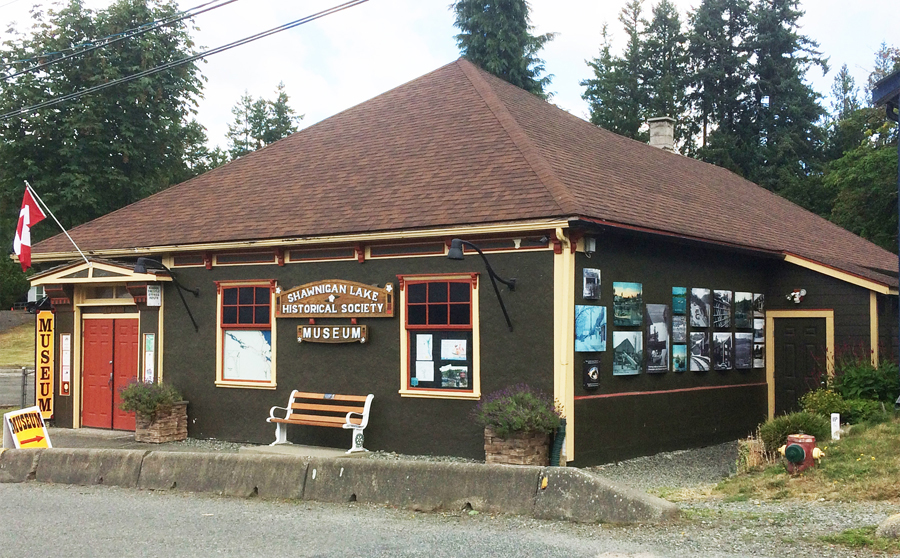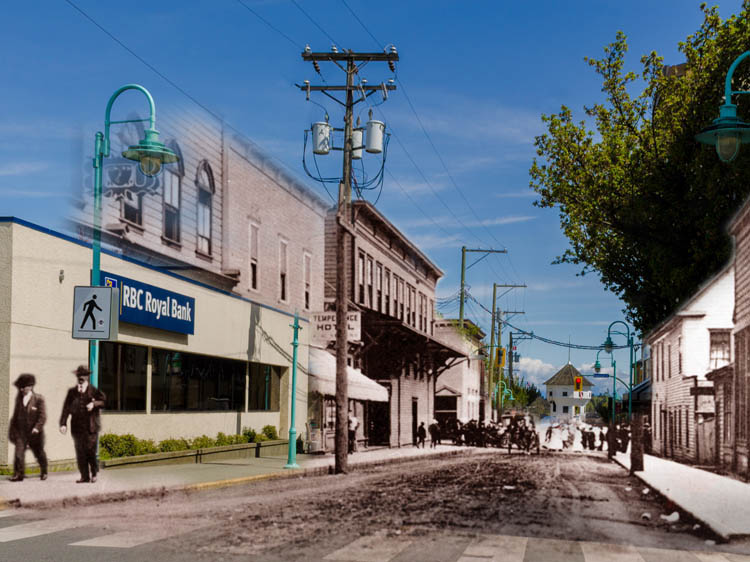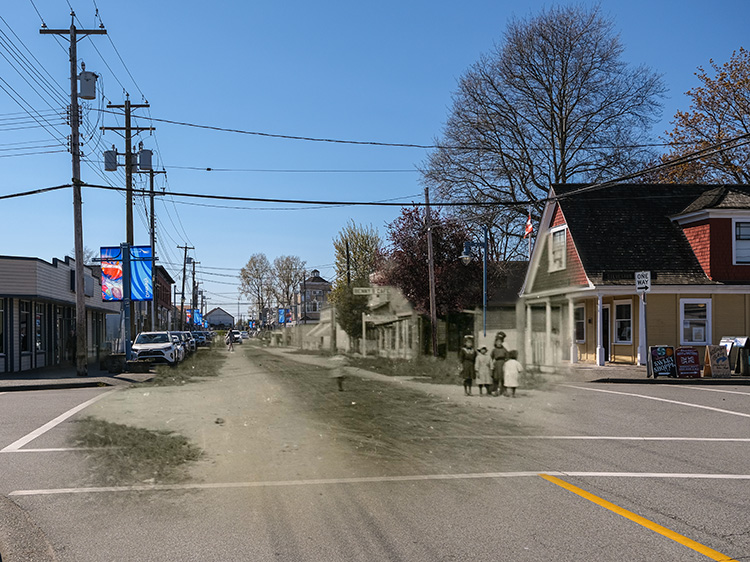Partner City
Duncan
City of Totems
Nestled in the mist-shrouded Cowichan Valley on Vancouver Island, the small city of Duncan stands on the traditional, unceded territory of the Quw’utsun’ (Cowichan) Tribes. Since time immemorial, these Coast Salish people have thrived in the Cowichan River Valley, sustained by the rich salmon runs and thick cedar forests and mild climate. Quw’utsun’ in the local Hul’q’umi’num language means ‘sun warming the back’. European settlement began with the village of Aderlea in 1887, when William Chalmers Duncan donated land for a townsite. In 1912 it was reincorporated as the City of Duncan (today it is the smallest city in Canada by area). Duncan grew into a forestry and agricultural hub. Its development has always been closely intertwined with the neighbouring Cowichan Tribes, which is the largest Indigenous population in British Columbia. Today, Duncan is globally renowned as the "City of Totems." This unique identity began in 1985 when the city and the launched an ambitious project: transforming downtown into an open-air gallery. Over 40 magnificent totem poles now line the streets, each hand-carved from sacred Western Red Cedar by Quw’utsun’ and other Indigenous artists. These poles stand as powerful symbols of heritage, depicting ancestral stories, clan crests, and natural spirits like Bear, Raven, and Eagle. They are more than art – they are a bridge between cultures and a living record of resilience. Discover this remarkable collection and the stories etched in cedar on our video walking tour of Duncan’s totem poles.
This project was developed by the Duncan-Cowichan Chamber of Commerce. Generous support was provided by the City of Duncan and Cowichan Tribes.
We respectfully acknowledge that the City of Duncan is located on the traditional and unceded territory of the Quw'utsun' people. We are deeply grateful to work and live in this beautiful place.



